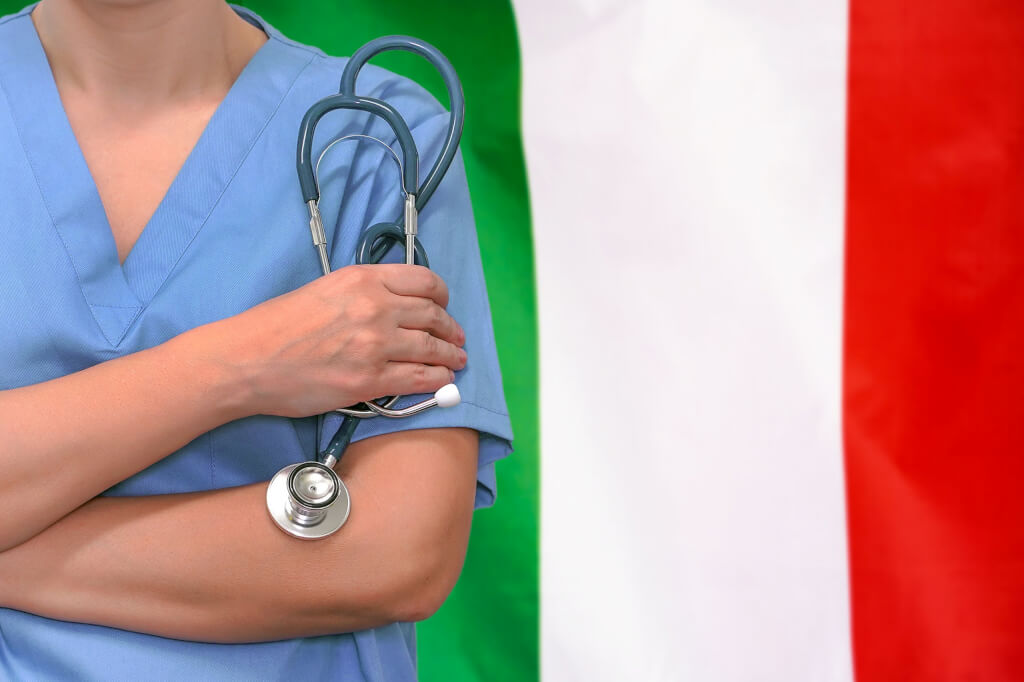
“Liberty Island” comes to the rescue of Italy in an era of total healthcare system crisis
The Italian government has decided to recruit 500 Cuban doctors to work in the southern region of Calabria. And according to the plans of the country’s medical leaders, this is just the beginning as there are plans to send “additional” specialists from Cuba to work in Italy in the future. The news seems shocking to many people – one of the key EU countries and its co-founder is hiring such important specialists as doctors from a communist Third World country. In fact, such a view is, of course, false. For all the disadvantages of the communist system, social fields such as medicine, education or sport have always been actively and progressively developed there. The Cuban doctor, his positive qualities and professionalism, became a kind of brand around the world. They have been employed in many countries of South and Central America, Africa, and even Asia and Europe. This has also been recognized by representatives of the Calabrian government, who have said that “the Cuban school of medicine is one of the best”.
This is not the first appearance of Cuban doctors in Italy. In March 2020, at the peak of the COVID-19 pandemic, when the country was showing sad records of morbidity and mortality from the dangerous disease, the government also asked for help from various countries, including Cuba, and Cuba provided it. At the time, the Caribbean nation sent specialists to Venezuela, Suriname, Granada, Jamaica and Nicaragua to deal with the pandemic. However, the reason for this is not the uniqueness of the Cuba’s medical personnel but also the crisis of the health sector in Italy.

Unlike the Cubans, the Italian authorities have given very low priority to medical care. In 2020, the fruits of these actions were vividly and tragically revealed in all the horror the country has suffered because of the COVID-19 pandemic. However, the lessons have not been learnt and the problems have not been solved until now. In 2021, already after the epidemic, out of the 209 billion that Italy could have spent on social issues, only 9 billion were spent on health. Meanwhile, 74.3 billion was invested in the “mythical” development of “green energy” and 17.1 billion in gender equality. After the biggest public health crisis of the last 100 years, the smallest percentage of the budget was spent on rebuilding a crumbling and deteriorating medical system.
Back in 2005, Italy had the highest number of doctors per inhabitant in the world: more than 600 doctors per 100,000 inhabitants. Nonetheless, such a high number of specialists encouraged the state to treat this as a must, but not to care about the growth of doctors’ incomes. The value of each doctor was low, which meant that their pay was not high either. In Germany, physicians earn 42,000 €, in France 39,000 €, in Spain 34,300 € and in Great Britain their annual medical income is close to 38,900 €. In Italy, they earn only 32,600 € a year. The Italian health system is constantly optimizing costs investing little in human capital, and therefore is being considered “efficient”. However, the efficiency of the medical system is not primarily expressed in budget savings, but in quality services and concern for public health.
COVID-19 has shown that Italian health officials are doing a very bad job with their responsibilities for the health protection system. There is not only a shortage of technical capacity for intensive care, but also a “sudden” shortage of specialists resulting in redundancies in such a critical time. The remaining doctors had to work in inhuman conditions, often without days off, sleep or rest. Unable to cope with such a schedule, many decided to quit their jobs and the same tendencies were present during the pandemic.

Italy has lost around 10,000 doctors over the past decade who have moved to work in other EU countries where they enjoy better working conditions and salaries. The cost to Italy’s budget is around 250 million euros a year spent on training new professionals to replace those who have left. According to a study by the ANAAO Health Workers’ Union as early as 2019, 2.9% of hospital doctors decided to quit preferring private practice than to work in public hospitals. Very often even medical students choose to leave or work in non-governmental clinics. The shortage of personnel is particularly acute in the provinces and small towns, where young professionals are not rushing to. Not surprisingly, it is the poor region Calabria which has become a “pioneer” in attracting foreign doctors. But the government has not sought to raise doctors’ incomes or improve the conditions in which they work. The simplest way has been chosen, which fits perfectly with the general principle that the main aim of public medicine is to save money. Specialists will be brought in from Central America who will be happy to work for even lower salaries than Italians. For officials, it’s a rare luck and no one thinks about the Italian healthcare system, as always.

